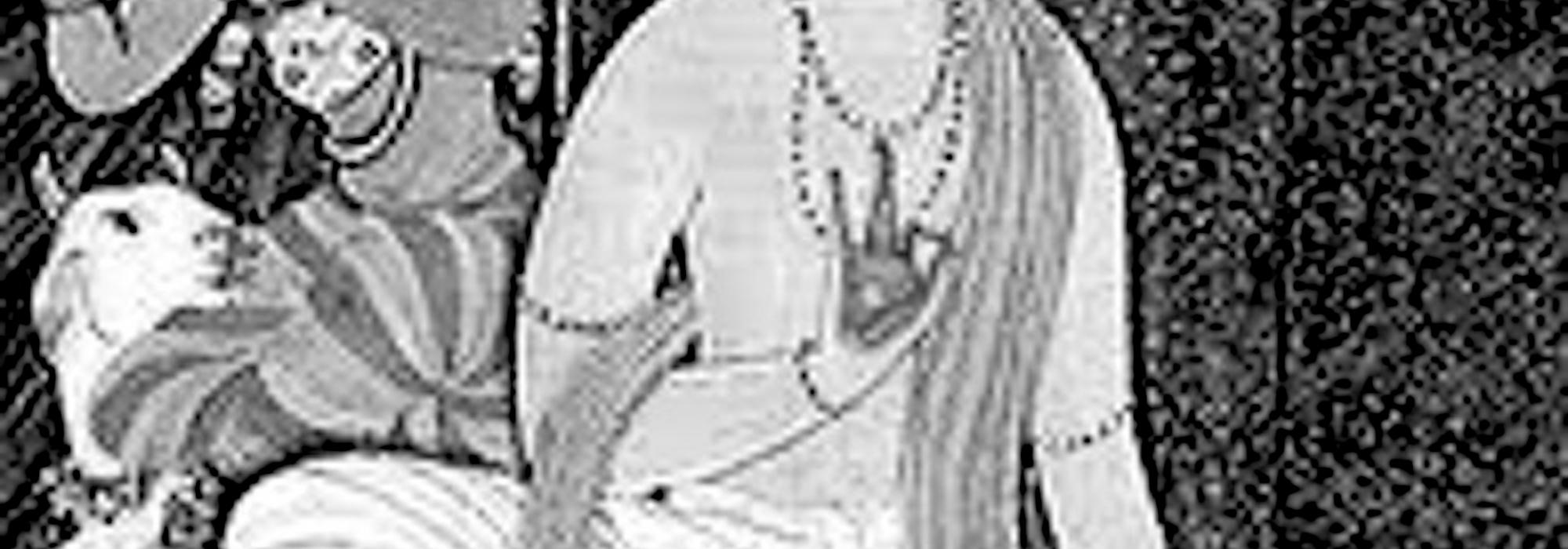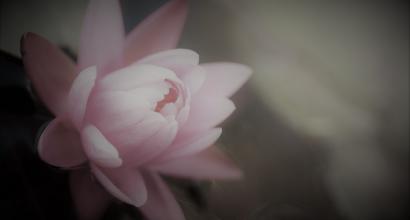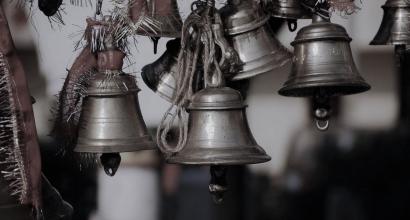Kshetrajna had a hoary and long precedent. Right in the Vedas, we have the stories of Indra-Ahalya, Urvashi-Pururava that give us the intensity and tender feelings of amorous love. It is said that there is no poet who does not occupy the status of a Rishi. Kalidasa, Amaruka and Jayadeva are the progenitors of Kshetrajna’s tradition.
Kshetrajna has fused Amaruka’s emotional richness with the musical richness of Jayadeva. Language in Kshetrajna’s poems is the handle of the sword; its content is its edge. Language is the wick of the lamp, content is its light. To words akin to the charming shine of gold, he has given the intensity of feeling akin to the edge of a needle. It is because his words have such strength that they penetrate the corners of the cave of our heart, light up torches there, awaken the slumbering feelings and make them dance.
Kshetrajna’s works are denoted by the technical term, Padam. This form of composition is eminently suited for expressing Shrungara or love or erotics. Two elements are fused in music or lyrical songs. The first is language. The second is feeling.
vāk śabda paryāyata yaiva mātu śabdaha ... |
geyasya paryāyatayā tu dhātu śabdaha ... || (saṃgītasudhā 3.10, 11)
dhāturnāma svara prokto māturakṣaramucyate || (caturdanḍī, 9.320)
The Kannada word mātu has the same meaning in the technical terminology of music. Mātu stands for any word that tells us about any object or describes its nature and functions. dhātu is the seed-feeling conveyed in the form of Svaras or musical notes. Thus, we can arrange both in a variety of fashions depending on our purposes. Gita or song is one such variety. Varna is yet another variety. So is Kirtana. So is Padam.
Among Kirtanas, in Kannada, the most famous are the compositions of Purandara and other Dasas. In Telugu, we have the compositions of Annamacharya, Bhadrachala Ramadasa and others. In their Kirtanas, although Mātu and dhatu have equal importance, their purpose is spiritual and philosophical preaching. Music is merely a vehicle or medium. However, in a Padam, music gains the upper hand compared to the lyric. Here, the dhatu of the Ragam attains its full bloom.
It is essential to consider this difference from another perspective. The Kirtana addresses the human being’s intellect; the Padam addresses the human heart. The elements that the intellect grasps are those of the physical world; the subject matter of the heart is feeling. The elements that the heart grasps are infinitely more subtle than what the intellect grasps. Therefore, the language sufficient for intellectual work is inadequate for the work of the heart. The language that addresses the heart requires an adjuvant over and beyond ordinary language. That adjuvant is music. The term adjuvant or anupāna occurs in the medical parlance. If the tablets they prescribe must work properly, it must be supplemented with an anupāna such as milk, ghee, honey, betel juice, etc. anupāna is always sweeter than the actual medicine. This is the quality of the music in lyrical Padams.
There is greater scope for Ragam-expansion and Svara-elaboration in Padams than in Kirtanas. Moreover, unless the expansion of the Ragam does not proceed in a deliberate fashion, we will not be able to fully experience the charm of the musical rendering of the Padam. The next genre of lyrical-musical compositions after the Padam are Tyagaraja’s Kritis. These contain elements that nurture the Ragam. But more than that, they contain numerous svara patterns. Under the weight of the constraining moulds of svara blocks, the poetic feeling is dragged down thereby enfeebling it. Thus, in the realm of rendering Padams, the style of singing Purandara’s and Tyagaraja’s compositions are not suitable. What’s more, the ostentatious singing of svaras while elaborating a Pallavi has no place here.
What is chiefly needed while singing Padams is a deluge of the Ragam which brings out as fully as possible the feeling of the heart through the crests and troughs of the Ragam, through the intensity or tenderness of the singer’s voice—that is, the full sport of the Ragam. What is needed for accomplishing this is slowness of tempo. Hasty singing has no place in Padams. They must be typically sung in the slow speed (Chauka-Kala) offering the price due to each syllable. They must be sung with a certain serenity. It requires sustained practice and effort. The musical prowess in which precast blocks of svaras are continuously flung at the listener’s face in quick succession might actually destroy Rasa in the realm of singing Padams. Indeed, Padams must be sung by intense experientialists of feeling who render them in a slow, deliberate pace that shows the undulations of the Ragam, and pierces the heart of the listener by revealing the quivering and the trembling of the Ragam’s ascent and descent and finally induces a deep consolation within.
Among lyrical-musical compositions of the Shrungara genre, the Jaavadi (Jaavali) is the most recent after Padam. It appears that it made its way here from north India. It is marked by extreme speed. As the word, Jaav indicates, it is characterized by quick movement. In the realm of Shrungara, if the feeling is deep, intense and long-lasting, its tempo is set to the Padam. If it is quick and hasty, it is set to Jaavali. Be that as it may, the tempo and method of music should be determined by the emotion in the poem (or lyric). The words of the music Vidvan Sri Subbarama Dikshita must be kept in mind:
The person who sings Kshetrajna’s Padams in the slow tempo (Chauka-Kala) after mastering both lyric and meaning and personally experiences the embedded Rasa is the person who truly enjoys them. When we write down the Dhatu, it appears that there is only repetition. But this is the very nature of the lyric of the Padam.
We have already noted that the language that addresses the heart needs to be subtler than that which addresses the intellect. This is the language of suggestion (Dhvani). Music is for that suggestion of the heart. Likewise, there is no guarantee that the expression of the heart will be complete even after literature merges with music. Several subtleties of feeling will remain hidden by being unmanifested. How should these be pulled out? It needs a third vehicle. That is abhinaya or performance (loosely, acting). To an extent, Ragam-based singing will elaborate and express the aspiration that is voiced. Abhinaya will further elaborate and thereby complete it. For example, when the two charanas of Jayadeva’s yāhi mādhava yāhi keśava (O Krishna, O Kesava, go away!) are being sung, the combined emotions in the lyric are conveyed both through the Ragam and facial expressions: the command asking Krishna to go away, sadness, anger, and an earnest appeal to Krishna not to go away. This is expertise in acting. I have witnessed one such Abhinaya performed by the renowned Vidushi, the danseuse, Bangalore Nagarathnamma. In my childhood, I have seen Bairakuru Venkatalakshmasani perform Kshetrajna’s meragādu rammanave nā sāmini in which she showed pity and arrogance through a range of expressions.
In the contented era of fifty or sixty years ago, it was routine to witness concerts of troupes of dancers and musicians who performed Kshetrajna’s Padams on various occasions such as Utsavas, weddings and other social functions. Their musical and dance performances added light and charm to these functions.
If we must obtain the full benefit of Kshetrajna’s poetic aspiration, the following elements must be fused together: leisurely singing, an actor who is an expert in Abhinaya and a solid grasp of the feeling of his lyric. When the three merge, the full language of the heart expresses itself.
Concluded











































